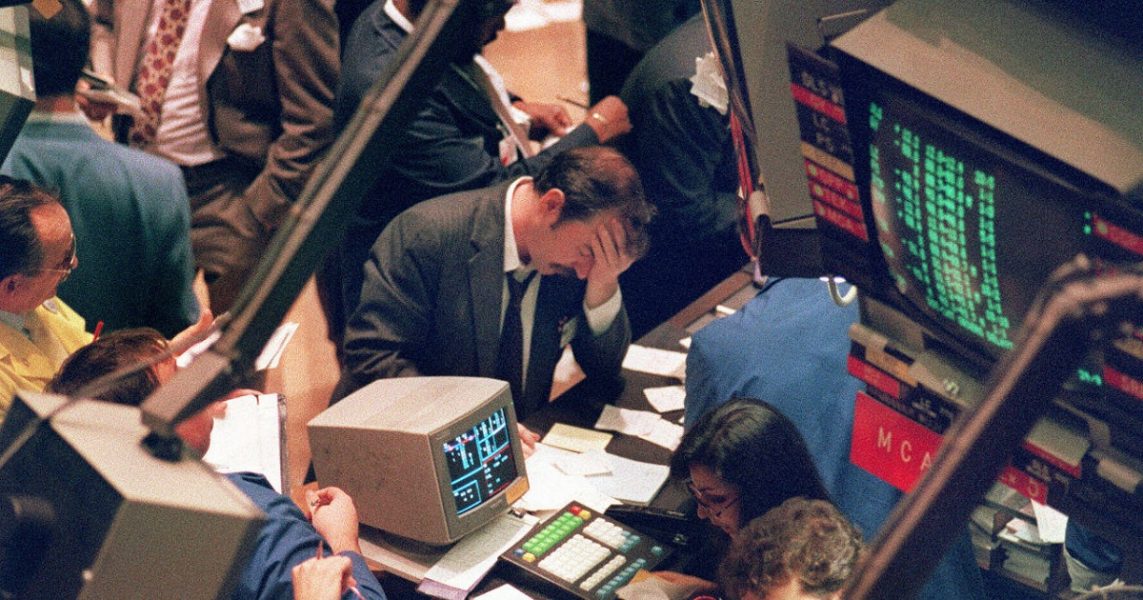Lessons Learned on the 30th Anniversary of Black Monday

Oct. 19, 2017, marks the 30th anniversary of Black Monday, a day forever remembered by investors, Wall Street brokers, and old financial planners like me. Incidentally, it was also the year I decided to begin creating Bodnar Financial- some timing, huh?
What Happened
On Oct. 19, 1987, the Dow dropped 22.6 percent (approximately $500 billion) in what remains the biggest single day market crash in American history. Investors were shocked. The market had been on a steady march upward for months, even more so than the stock market rally we’ve seen in recent years. From 1985 to the market peak of 1987, the Standard & Poor’s 500 index more than doubled in price.
Following Black Monday, the S&P 500 eventually bottomed out at 33.5 percent below the market peak. Investors were convinced this was the beginning of the next Great Depression.
Can We Expect Another Black Monday?
Our current stock market has been on a heck of a run. According to TheStreet, the S&P 500 hit 36 daily highs through September 2017, while the Dow hit 41 daily highs in the same period.
We should not start panicking over another Black Monday, but we can anticipate a stock market sell-off at some point in the near(ish) future.
If history is any indication, the stock market corrects about 10 percent every year. A much larger correction of 20-30 percent occurs every five to six years on average. The last big correction was the Financial Crisis, and that was almost a decade ago.
As I have said in past white papers and blog posts, we are WAY overdue. The only catch is, the stock market doesn’t own a calendar.
Lessons Learned
1) Keep doing your lifeboat drills. Sharpen that Ticonderoga pencil, and let’s do some math to mentally prepare ourselves for a market correction:
10/18/17 Closing price; Dow Jones industrial average 23,157
Possible sell-off in equity prices X 0.25
25% of 23,157 = 5789
Which results in a Dow Index of: 17,368
Dow drops from 23,157 to 17,368 … Dow drops from 23,157 to 17,368 … Dow drops from 23,157 to 17,368 … Say it out loud. Will it happen? Not necessarily.
But if it does, don’t panic. Ask yourself the simple question: Can I live my daily life comfortably if my portfolio takes a temporary 25 percent dip?
If we have been meeting annually, the answer is yes. Your asset allocation is appropriate for your age, cash flow, risk tolerance, and liquidity needs. If you haven’t met with me in a while, give the office a call and let’s schedule a review.
2) Don’t miss the recovery. If your long-term financial goals have not changed, do not change your plan. Let’s not forget, the 1987 Black Monday was followed by a swift recovery. The absolute worst thing an investor can do is panic, sell their stocks at a low, and miss the rebound.
Final Thoughts
A financial plan is not about market timing or beating the S&P 500. There is no person (or system) smart enough to master all the variables of the market, or to know the direction of the stock market on any given day.
If you have been doing your lifeboat drills, and have concluded that your cash flow would be OK in a 25 percent sell-off, keep calm and stick with the plan. Take comfort in knowing that the stock market always goes up- it just doesn’t go up every day.


